What’s Up?
If things go right this blog post should be published by Peter Kes in Switzerland well before I arrive in Argentina on Saturday afternoon. Thanks Peter.
Along with the rest of my shipmates I will board the Ortelius on the afternoon of 15 DEC and disembark on the morning of 9 JAN. There is no wifi on the ship. That means that I will effectively and absolutely be without internet at least from 14 DEC through 9 JAN. At present I am further behind with answering e-mails than at any time since I have began answering folks’ photography-related questions about 25 years ago.
Please therefore refrain from e-mailing me at the usual samandmayasgrandpa e-mail address until I get back home on 13 JAN. You can reach my right-hand man Jim Litzenburg by e-mail here or reach Jennifer here as usual.
Important Blog Notice
I hope to have some time before getting on the ship to prepare a few new blog posts and to have them published during my absence with the help of either Jim or the invaluable Peter Kes, the BAA webmaster. In addition, my plan is to resurrect a collection of older but very important educational blog posts (like today’s) and have them re-published during my absence. Please enjoy. Please consider signing up for an IPT. And please continue to do a great job of using my B&H and other affiliate links while I am gone.
All of the plans above are dependent on my being able to get online with a decent connection at the hotel in Ushuaia…. If not, happy new year!
Placing All My Eggs in One Very Good Basket
I am feeling very comfortable with my decision to leave the 200-400 with Internal Extender at home for the Southern Oceans trip. Most of the birds are very tame and in addition, I have the 1.6X crop factor of the 7D Mark II for those time when I am not able to get real close physically. The 300 II/1.4X III TC with the 7D II actually gives me more reach than the 300 II/2X III TC with either of my full frame bodies. Studying the images above will give you an idea of how good the 300 II is when working with tame birds. The images below were originally published on June 1, 2014.


|
This image was created at 7:21am on Friday past at Fort DeSoto with the hand held Canon EF 300mm f/2.8L IS II USM lens, the Canon Extender EF 2X III, and the Canon EOS-1D X. ISO 800. Evaluative metering +1 stop as framed: 1/1250 sec. at f/5.6 in Av mode. AWB. Five sensors to the left of the central Sensor/AI Servo-Surround/Rear Focus AF as framed active at the moment of exposure. Click here to see the latest version of the Rear Focus Tutorial. Click on the image to see a larger version. It’s great having all 61 AF sensors available with the 300 II/2X III TC combo. Image #1: Breeding Plumage Laughing Gull looking back |
The Amazing Canon 300mm F/2.8L IS USM Lens/Part II of a Series
On late April,2014, Jim drove me to Bradenton to explore the possibility of getting some prolozone injections in both shoulders and my left knee. We hoped to photograph at Fort DeSoto that afternoon but that did not work out. We got up very early on Friday and were out on the beach before sunrise. As had been typical at DeSoto for a while, there were very few birds around but the birds that we found were gorgeous, tame, and pretty darned cooperative.
I decided to go light with the 300 II and both TCs and to leave the tripod in the car hoping against hope that I would not miss my 600 II too much. Fat chance of that I thought. Our first gem was the beautiful adult Laughing Gull standing on a berm of clean sand with a beautiful blue Gulf of Mexico background lit by soft, early morning light. Lying down flat on the sand was the obvious choice and that is just what I did. Nature photography is all about seeing the good situations and then choosing the best perspective.
|
This image was created at 7:38m with the hand held Canon EF 300mm f/2.8L IS II USM lens, the Canon Extender EF 2X III, and the Canon EOS-1D X. ISO 800. Evaluative metering +1 stop as framed: 1/1600 sec. at f/5.6 in Manual mode. AWB. One sensor below the central Sensor/AI Servo-Surround/Rear Focus AF right on the bird’s eye as framed was active at the moment of exposure. Click here to see the latest version of the Rear Focus Tutorial. Click on the image to see a larger version. It’s great having all 61 AF sensors available with the 300 II/2X III TC combo. Image #2: Short-billed Dowitcher beginning molt to breeding feeding on the edge of the surf |
The 300 II/2X III TC Combo for Small Shorebirds???
Yes. Without being restricted by a big lens and a heavy tripod it is fairly easy to keep low and get into position just ahead of the shorebirds feeding along the edge of the Gulf. Set yourself down 15-20 feet from the edge of the surf just ahead of sun angle and let the birds work towards you. At many locations the 600 II/2X III combo would have the great advantage of reach that is needed in locations where the birds are not so used to people. But with Florida’s tame birds the 300 II/2X III TC has the big advantage of mobility. And framing and following the shorebirds as the move quickly along the water’s edge stopping only infrequently to stop and feed for a moment is a lot easier to do with a fairly lightweight hand holdable lens.
|
This image was created at 8:12am on with the hand held Canon EF 300mm f/2.8L IS II USM lens and the Canon EOS-1D X. ISO 400. Evaluative metering +1/3 stop as framed: 1/8000 sec. at f/2.8 in Manual mode. AWB. 61-Point AF activated a tight array of 4 sensors just behind the bird’s head/AI Servo-Surround/Rear Focus AF as framed active at the moment of exposure. Click here to see the latest version of the Rear Focus Tutorial. Click on the image to see a larger version. Image #3: Reddish Egret dancing |
Working With the 300 II Alone?
On our way back to the usual sand spit hotspot, we came across a beautiful breeding plumage Reddish Egret fishing in a small pool. Standing was the best plan here as I wanted to avoid having the either the far shoreline (trust me, it was not very far as the pool was a very small one) or the rather extensive reeds as obtrusive background elements.
|
This one was made at 8:21am on Friday past at Fort DeSoto with the hand held Canon EF 300mm f/2.8L IS II USM lens, the Canon Extender EF 2X III, and the Canon EOS-1D X. ISO 400. Evaluative metering at zero: 1/2000 sec. at f/7.1 in Manual mode. AWB. 61-Point AF activated a single sensor at the back of the bird’s neck/AI Servo-Surround/Rear Focus AF active at the moment of exposure. Click here to see the latest version of the Rear Focus Tutorial. Click on the image to see a larger version. Image #4: Reddish Egret front-end portrait |
Head-hunting With the 300 II/2X III TC Combo
When this gorgeous bird walked out of the pool I added the 2X III TC and approached slowly. It began walking to my right and was only able to create a few verticals. I had hoped to get close enough to create some horizontal head portraits but alas, the bird flew off. In retrospect, I would have been much better off working with Surround and selecting an upper sensor…. That’s another way of saying that I should have pointed the lens down to include more of the bird’s cobalt blue legs.
|
This image was created at 8:26am while seated with the hand held Canon EF 300mm f/2.8L IS II USM lens, the Canon Extender EF 1.4X III, and the Canon EOS-1D X. ISO 400. Evaluative metering +1/3 stop as framed: 1/8000 sec. at f/2.8 in Manual mode. AWB. One sensor to the left of the central sensor/AI Servo-Surround/Rear Focus AF as framed active at the moment of exposure. Click here to see the latest version of the Rear Focus Tutorial. Click on the image to see a larger version. Image #5: White Ibis feeding along the edge of the surf |
Sitting With the 300 II/1.4X III Combo
It is much easier to move quickly and get down on the ground right on sun angle with the 300 II/2X III than with the 600 II on a tripod either alone or with a TC. My left forearm rests on my left knee making it easy to hand hold while following the foraging or running birds. Knee-pod images are coming soon.
|
This image was created at 8:42am with the hand held Canon EF 300mm f/2.8L IS II USM lens, the Canon Extender EF 1.4X III, and the Canon EOS-1D X. ISO 200. Evaluative metering at zero as framed: 1/2500 sec. at f/5.6 in Manual mode was a slight under-exposure. AWB. Central sensor/AI Servo-Surround/Rear Focus AF just caught the bottom of the bird’s black hood as framed was active at the moment of exposure. Click here to see the latest version of the Rear Focus Tutorial. Click on the image to see a larger version. Image #6: American Oystercatcher feeding along the edge of the surf |
My 300 II Revelation
By 9:45am we were done. I had created a jumbo jet’s worth of RAW files during our short morning session: 747 images. 123 keepers after the 1st edit. As we were walking back to the car I had my revelation: If I had brought the 600 II and my Gitzo 3532 LS tripod to the beach that morning I would not have done nearly as well as I did with the lighter 300 II. When working with tame birds the 300 gave me great versatility as a quick peek at the images here shows; I used the 300 II alone, I used it with the 1.4X II TC. And with the 2X III TC. But more importantly the biggest advantage that the 300 II has for me is that it allows me to be much more mobile. The freedom that comes with hand holding allowed me to stay on sun angle and get to the right spot quickly with less physical effort.
Who’d of thunk it??? I say often that the longest lens is not always the best tool for a given job. I am glad that I finally learned that lesson for myself. Please remember that Fort DeSoto is not Nickerson Beach :). The birds are a lot tamer in Florida.
|
Fort DeSoto in spring can be bird photographer’s heaven. And most of the birds are stupid tame. |
Fort DeSoto in Spring/Breeding Plumage IPT: April 24-26, 2015. 3 FULL DAYs: $1099. Limit 8/Openings: 7.
Meet and Greet at 8pm on Thursday, April 23.
Join me at Fort DeSoto at the height of the breeding season for many of our target species: Laughing Gull, Royal Tern, Sandwich Tern, dark and light morph Reddish Egret, Great Egret, Tricolored Heron, and Yellow-crowned Night-Heron. In addition, we will have a good shot at photographing a variety of arctic-bound shorebird species in breeding plumage. We should have good chances with a variety of courtship behaviors including courtship feeding, courtship displays, pre-copulatory stands, and copulation.
On this IPT you will the learn basics and fine points of digital exposure and how to get the right exposure every time after making a single test exposure, how to approach free and wild birds without disturbing them, to understand and predict bird behavior, to identify many species of shorebirds, to spot the good situations, to choose the best perspective, to see and understand the light, and to design pleasing images by mastering your camera’s AF system. And you will learn learn how and why to work in Manual mode (even if you’re scared of it).
At lunch (included) we will review my images–folks learn a ton watching me edit–why keep this one and delete that one. If you opt to bring your laptop, we will take a look at five of your best images from the morning session. We will process a few of my images in Photoshop after converting them in DPP. That followed by Instructor Nap Time.
A $499 non-refundable deposit is required to hold you spot. The balance, $600 will be due on February 7, 2015. Please click here to read our cancellation policy. Then please print, read, and sign the necessary paperwork here and send it to us.
Be sure to like and follow BAA on Facebook by clicking on the logo link upper right. Tanks a stack!
Support the BAA Blog. Support the BAA Bulletins: Shop B&H here!
We want and need to keep providing you with the latest free information, photography and Photoshop lessons, and all manner of related information. Show your appreciation by making your purchases immediately after clicking on any of our B&H or Amazon Affiliate links in this blog post. Remember, B&H ain’t just photography!




Amazon.com
Those who prefer to support BAA by shopping with Amazon may use this link:
Amazon Canada
Many kind folks from north of the border, eh, have e-mailed stating that they would love to help us out by using one of our affiliate links but that living in Canada and doing so presents numerous problems. Now, they can help us out by using our Amazon Canada affiliate link by starting their searches by clicking here. Many thanks to those who have written.
Typos
In all blog posts and Bulletins, feel free to e-mail or to leave a comment regarding any typos or errors. Just be right :).

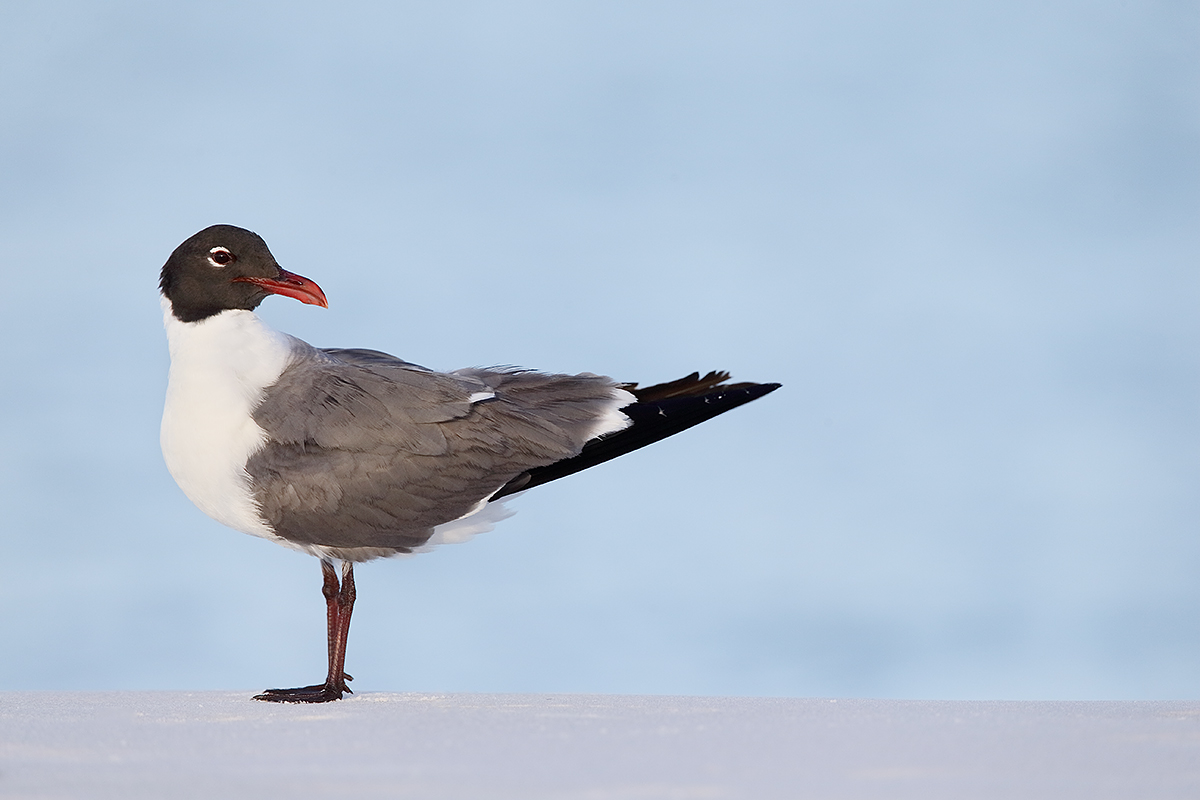
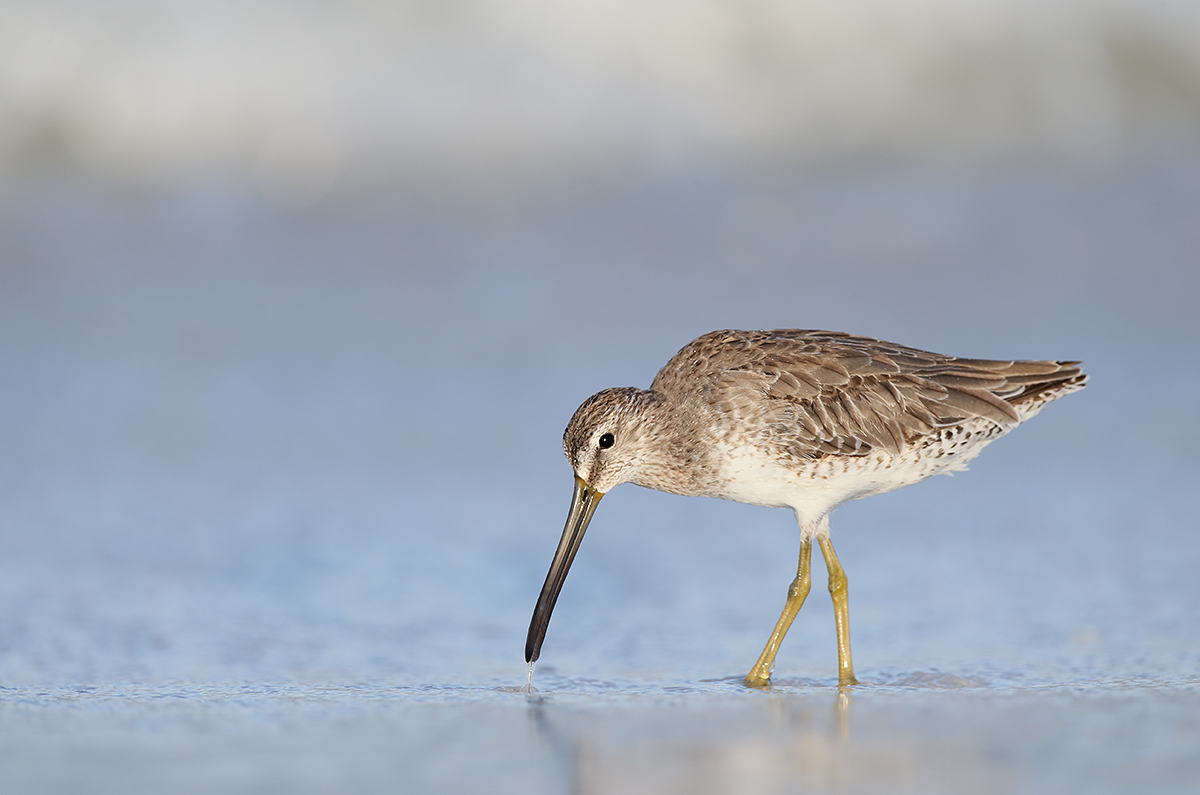
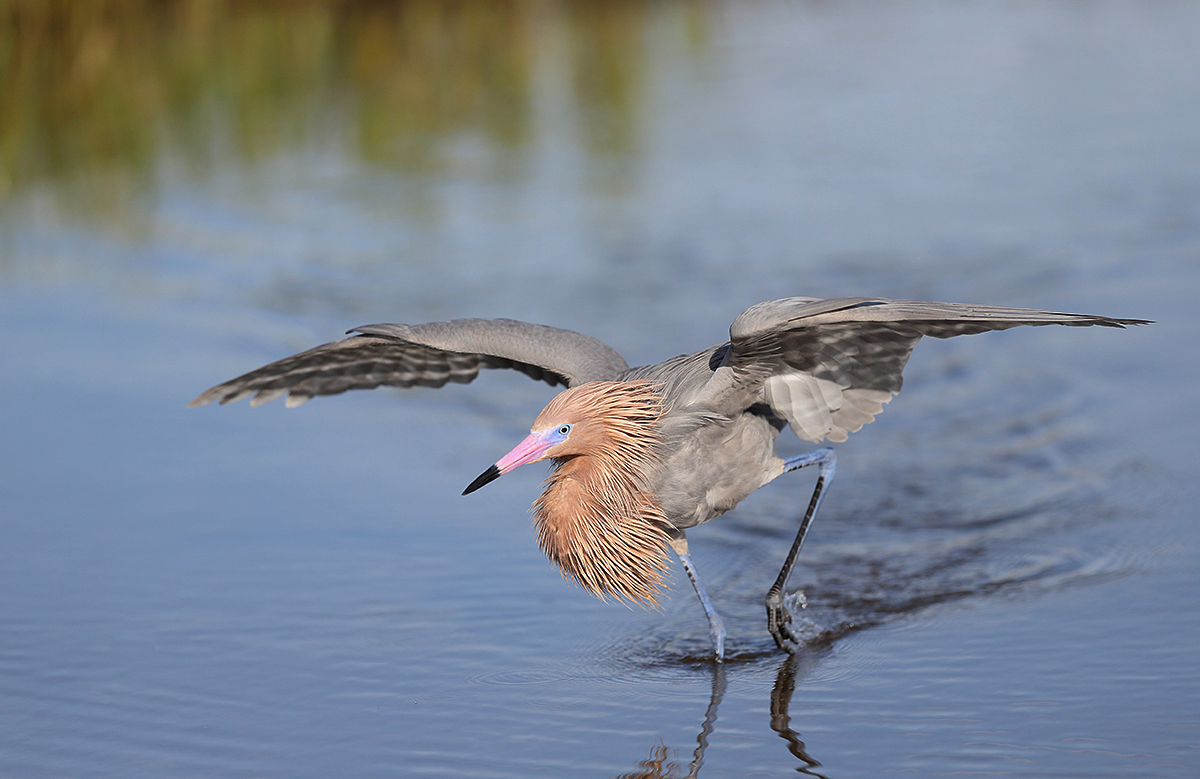
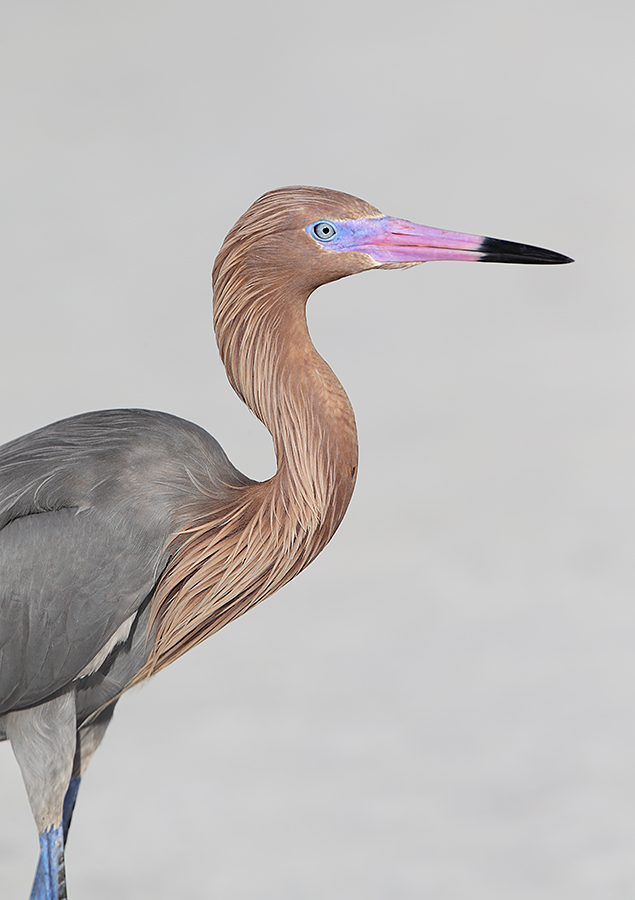
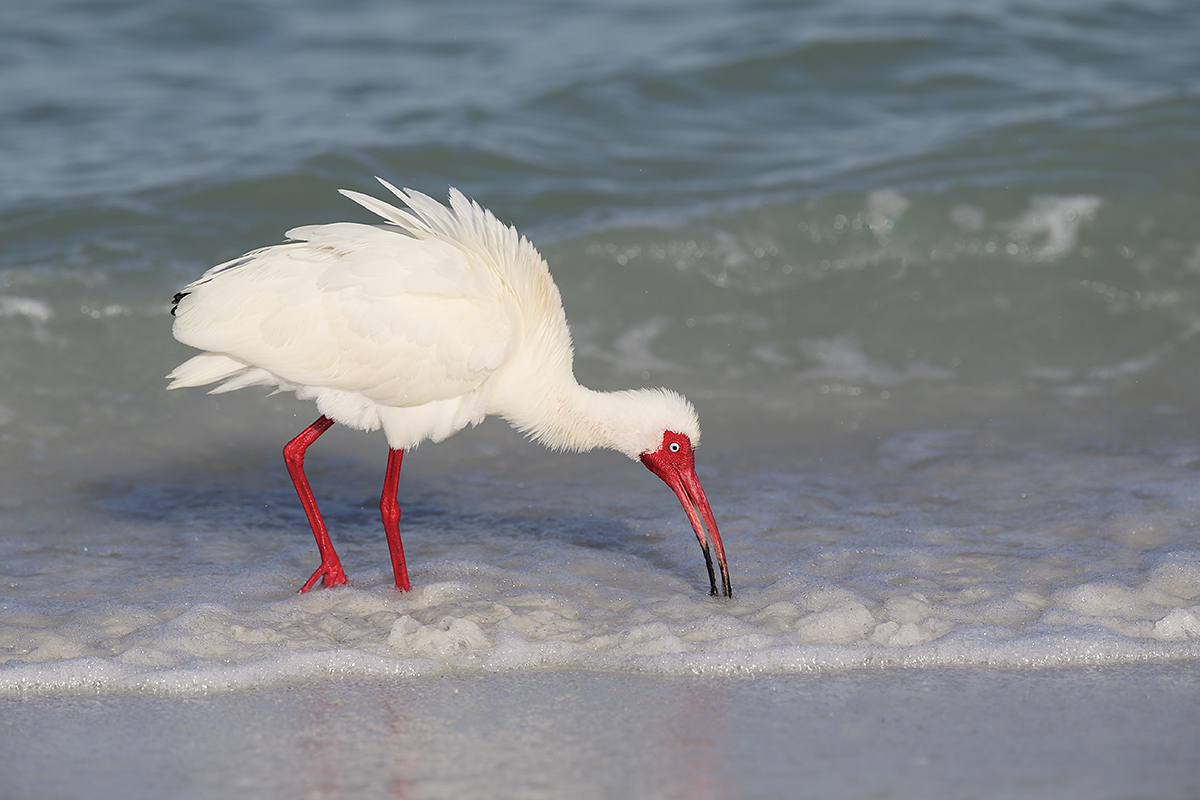
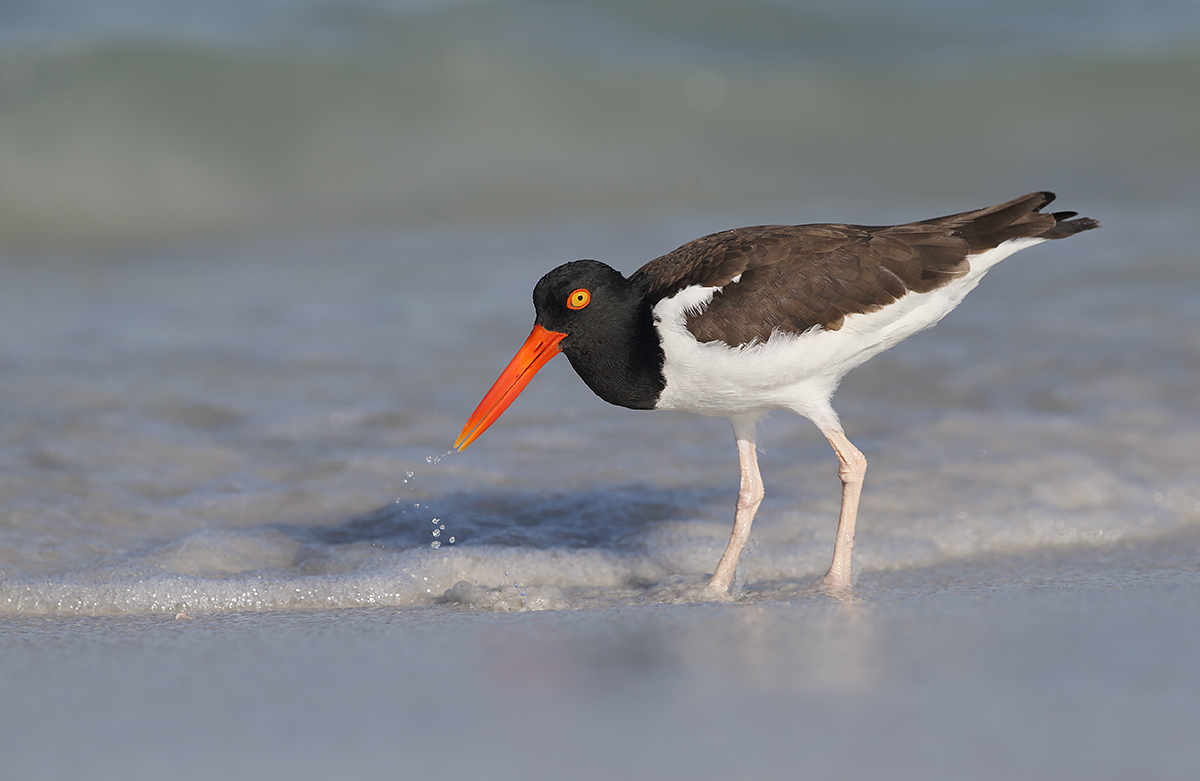














In image 5 how do you set up to keep f/2.8 when shooting with 1.4 TC? hope you have a nice trip and holiday season.
Thanks for catching my error. Not sure if I was using the 300 alone or if I screwed up on the aperture. Not enough time to check here in Ushuaia. artie
The decision to leave the 200-400 behind is quite right. Almost all the shots you take will be by hand, many on a heaving deck. You will also need to take sharp but distant shots and crop a lot. Enjoy. It’s the experience of a lifetime.
Many thanks. I will miss the 2-4 at times especially when zodiac cruising… artie